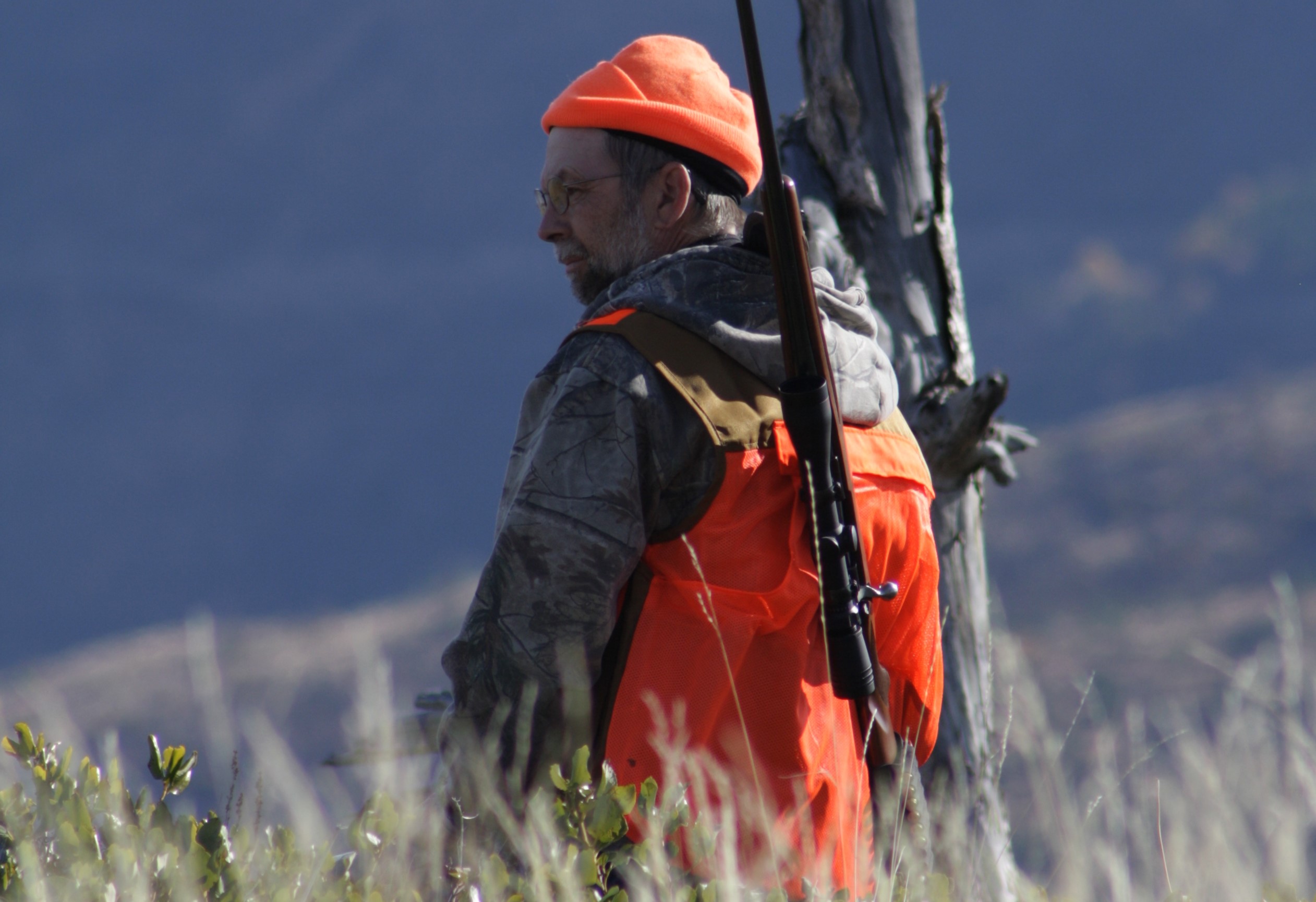
By Dave Workman
Editor-in-Chief
What’s the best “all-around” cartridge for deer hunting as the Fall 2024 seasons loom?
The good news and the bad news is this: There isn’t one, although a handful of calibers inevitably rise to the top of the heap, and October campfires have long hosted such discussions. I’ve been involved in a few of these chats. Bottom line: The “best” all-around deer cartridge really doesn’t exist because any number of popular and proven calibers could claim the title.
Over the course of my hunting career, which goes well back into the previous century, I’ve managed to anchor deer with rifles chambered for the .257 Roberts, .32 Winchester Special, .300 Savage, .308 Winchester, .30-06 Springfield, .350 Remington Magnum and handguns in .41 Magnum. All of them performed as expected, even at ranges out to 300-400 yards, quite often with handloads and occasionally with factory ammunition, depending upon the circumstances of then hunt.
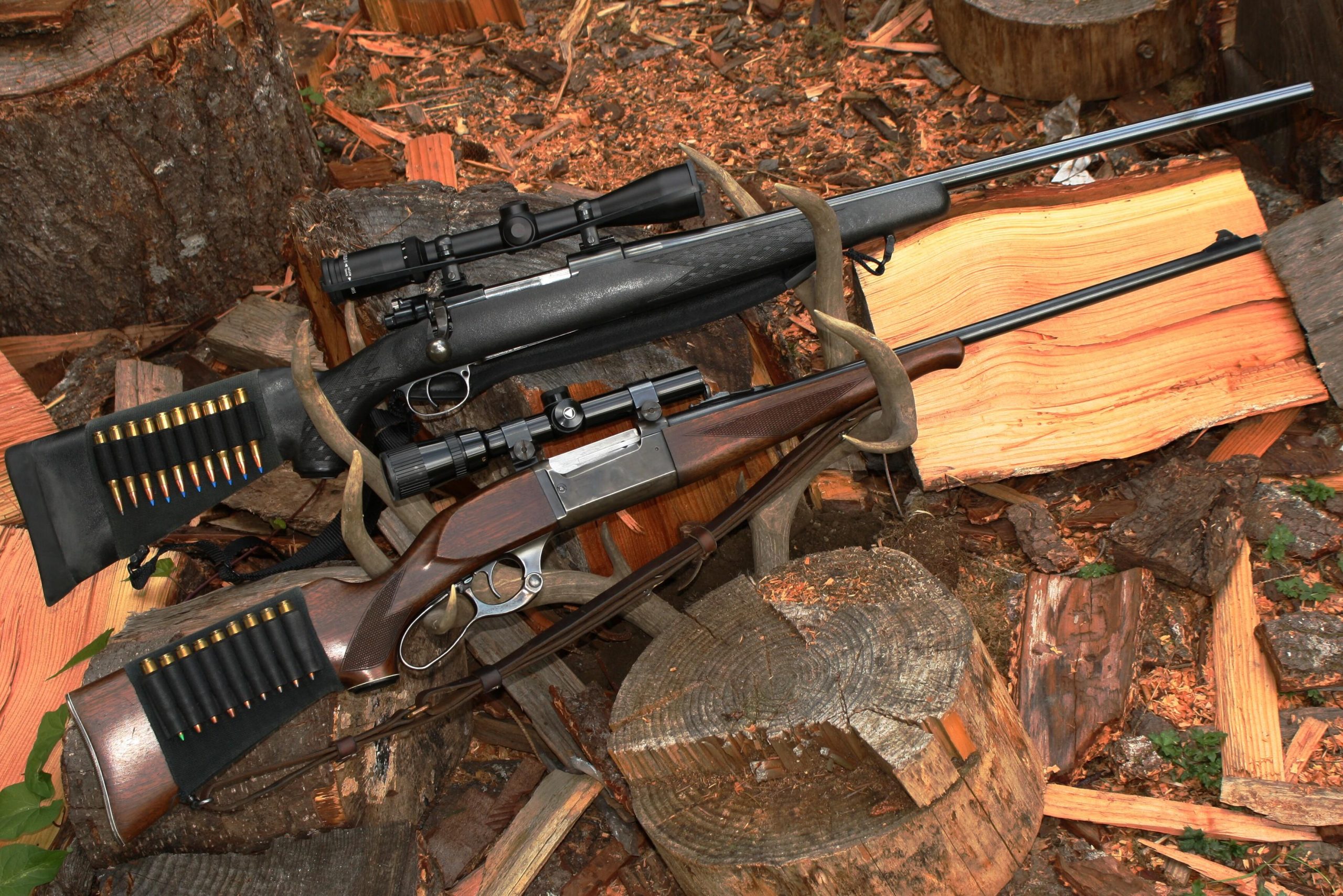
Suffice to say I’ve never been disappointed in how each caliber performed, though there have been a couple of occasions when the deer I plugged just didn’t seem willing to give up the ghost!
Naturally, there are many other calibers by which their devotees swear, and more power to them. I’ve hunted with guys who used the .243 Winchester, .270 Winchester, 7mm Remington Magnum, .30-30 Winchester, and so on, and there was one fellow who was armed with a .45/70! All of these are capable of putting meat on the table and more in the freezer.
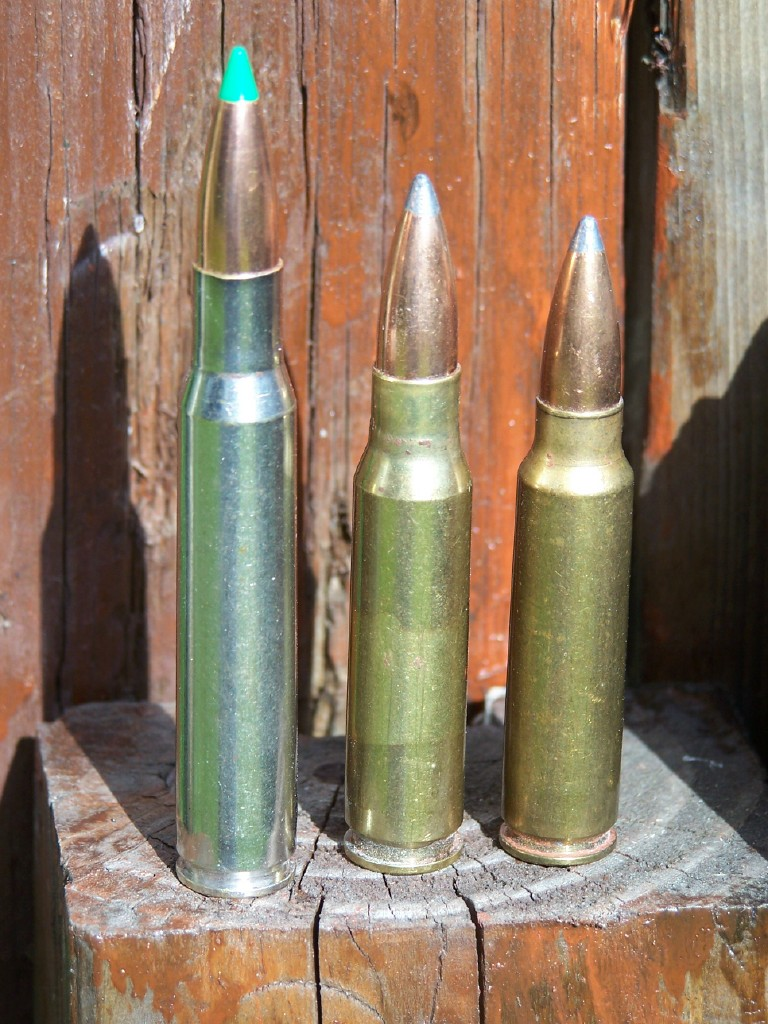
I’ve read about folks in Wisconsin and Minnesota’s big woods who have used then 7.62×39, which does have ballistics capable of clobbering a buck. And, of course, there are various 6mm and 6.5mm choices, frequently with “Creedmoor” attached, which have gained popularity in recent years.
Personally, my choices are often guided by the terrain and cover. In brush country where a shot might be no farther than 100-150 yard, the .30-30, .32 Special and .300 Savage are top choices. In more open country, the .308 and ’06 are proven performers, and I’ve plugged bucks—including the only Washington whitetail I ever tagged, with the .257 Roberts, using handloads topped by 100-grain boattail bullets (one a Nosler Ballistic Tip and the other a Speer softpoint) propelled by IMR 4895. Both of those were one-shot kills. The whitetail was a small 4-point (western count) and the mule deer was a spike back in the days before the state instituted a 3-point minimum for muley bucks.
For my .300 Savage loads, I also prefer a boattail bullet, this one weighing 150 grains. I’ve grown fond of their downrange ballistics, and the first buck I shot with that rifle, a Model 99 Savage given to me by my grandfather, dropped and rolled down to a spot right on the edge of a cliff. Trust me on this, you don’t really want to field dress a dead deer on the edge of a cliff, unless there’s a way to safely move it, and in this case, there wasn’t until I had the innards out. Dead weight and gravity are nasty opponents.
Kicking things up a notch, I’ve settled on Nosler Ballistic Tips or AccuBond bullets for the .308 and .30-06, weighing 165 and 180 grains, respectively. My propellant choices are IMR 4895 for the .308 and Hodgdon’s Hybrid 100V for the ’06.
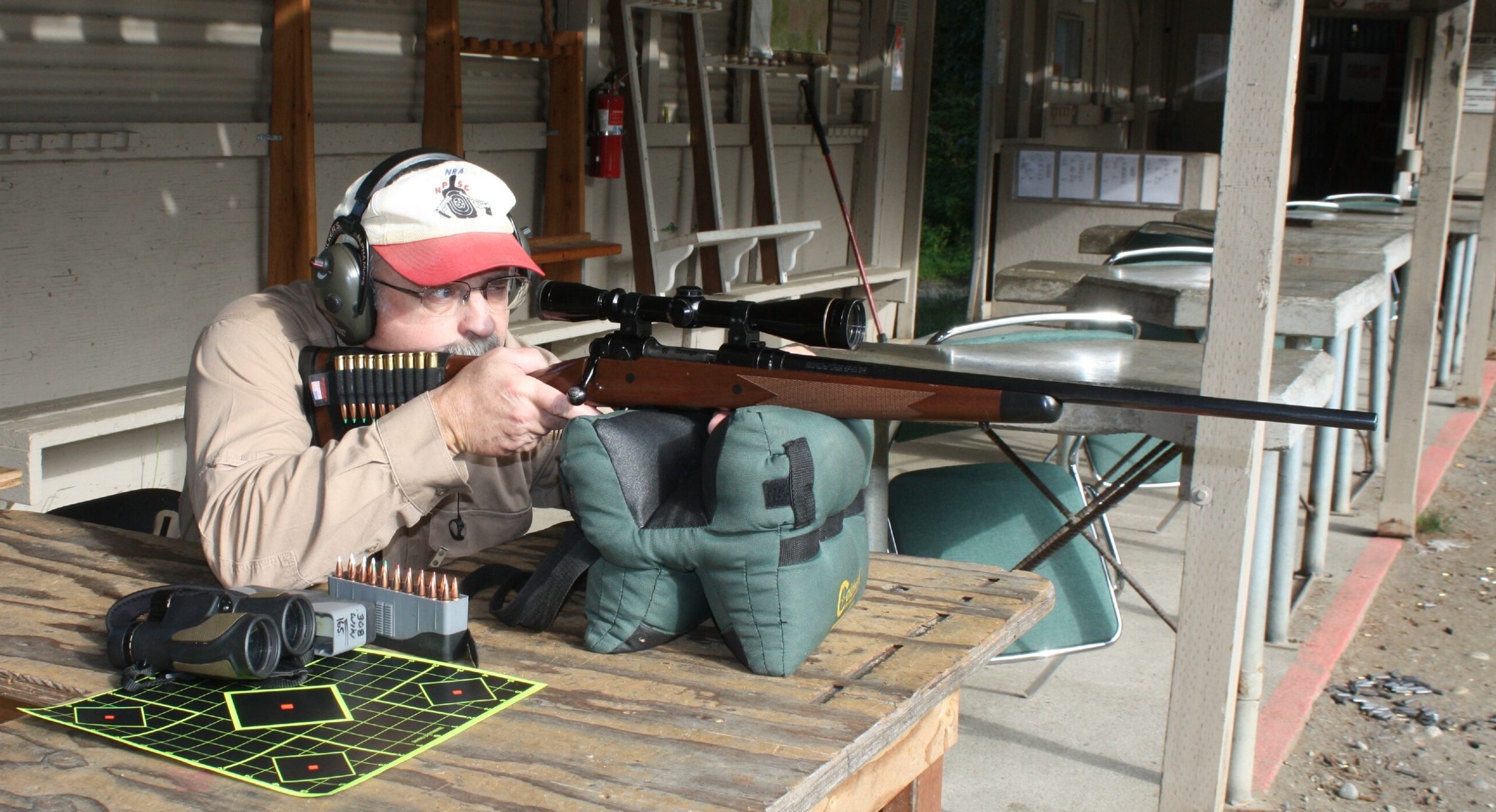
With the former, I’ve taken deer out to about 225 yards and with the latter, I have shot nice bucks out to nearly 400 yards. One at 355 yards was moving and it went down to a single shot like it had been sledge-hammered.
What I’m getting around to is that no single cartridge can be called “the best” for deer, because so many deer hunters all have their personal choices, and they have all worked.
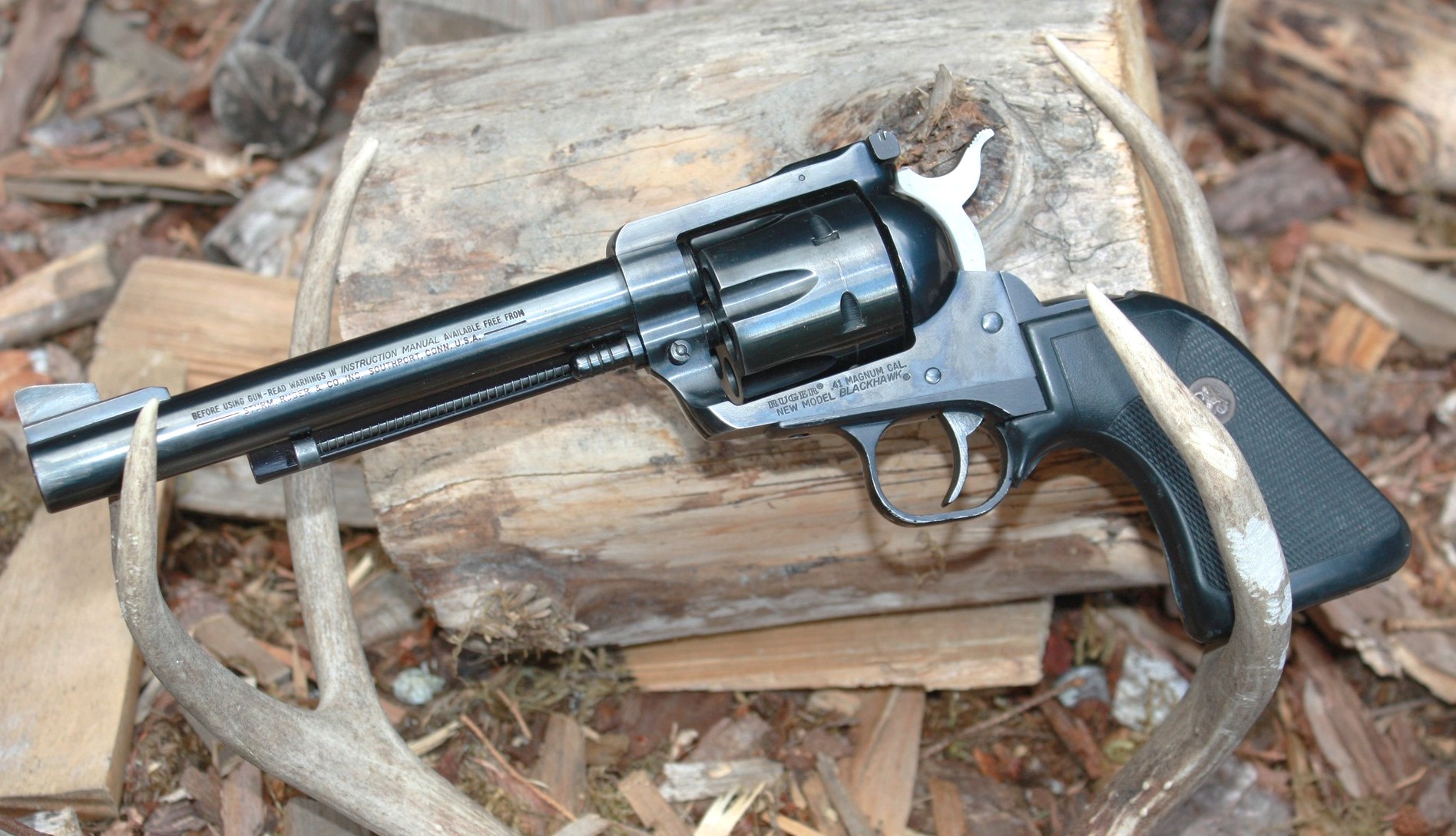
I had a pal who hunted Colorado mule deer with a .338 Winchester Magnum, and he anchored some dandy bucks at particularly long ranges out in the country around Cortez in the southwest part of the state. Others of my acquaintance have done likewise in other parts of the country with the .300 Winchester Magnum.
But, in the final analysis, none of those deer were any more or less dead than ones I’ve seen clobbered with a .30-30 or .35 Remington.
‘Fast is Fine, But…’
Which brings me to another point, and it has to do with a quote attributed to the late Wyatt Earp: “Fast is fine, but accuracy is final.”
While a .300 Win. Magnum bullet weighing 180 grains can warp along at maybe 300-350 fps faster than the same projectile fired from a .30-06, a poorly-placed bullet out of the magnum might not finish off a buck as well as a bullet punching a hole through the heart from the non-magnum cartridge.
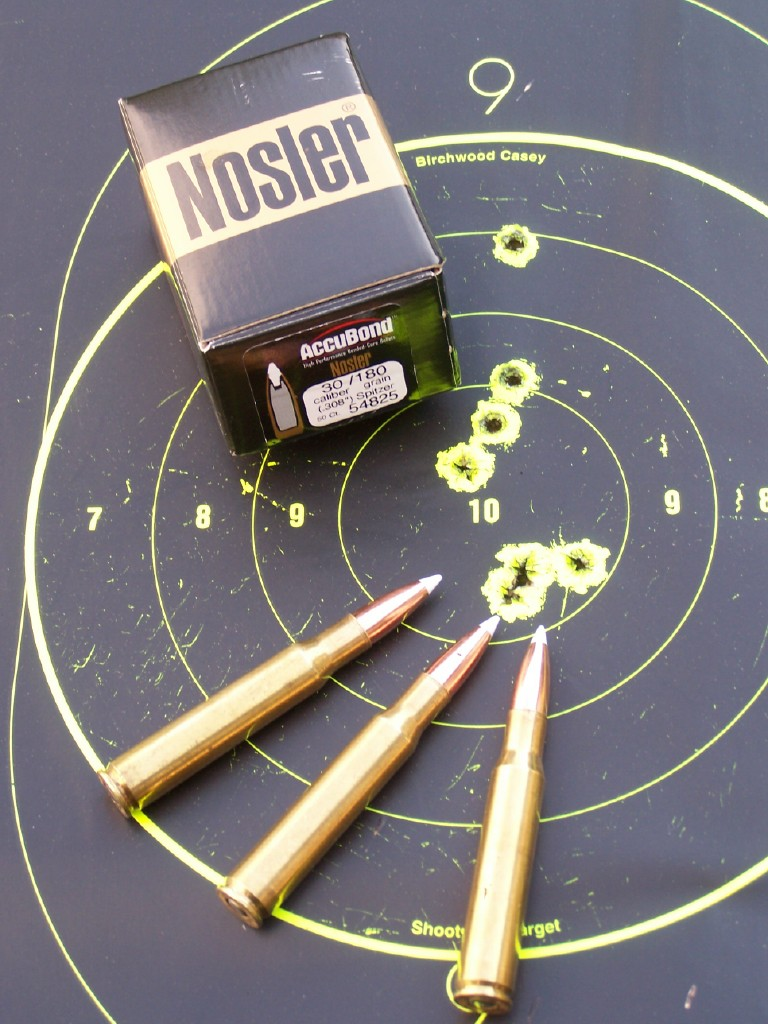
Those two bucks mentioned earlier, taken with the .257 Roberts were both heart shots, and both animals dropped where they were shot. Likewise, the 355-yard moving muley was hit at an angle, with the bullet entering just behind the right shoulder and exiting out the through the chest, pretty much destroying everything in between. The buck dropped, rolled downhill maybe 25 feet, and stayed put while I made my way down and across a canyon to start the clean-up.
A bullet into the vitals is quite likely to stop the animal quickly and humanely, where a gut shot could result in a lost buck, depending upon the terrain and cover. This is why now is the time to be visiting the gun range or wherever you go to check your rifle’s zero. September arrives shortly, allowing plenty of time to make sure your hunting rifle is sighted in to deliver the goods when you fire. There’s a long Labor Day weekend coming, and this is as good a time as any to fire a few for effect.
One-shot stops are always best, and that’s what range time is all about. I like to zero my rifles to shoot 2-3 inches high at 100 yards, so they’re close to dead-on at 200-225 yards, which might be in the normal range for the places I hunt.
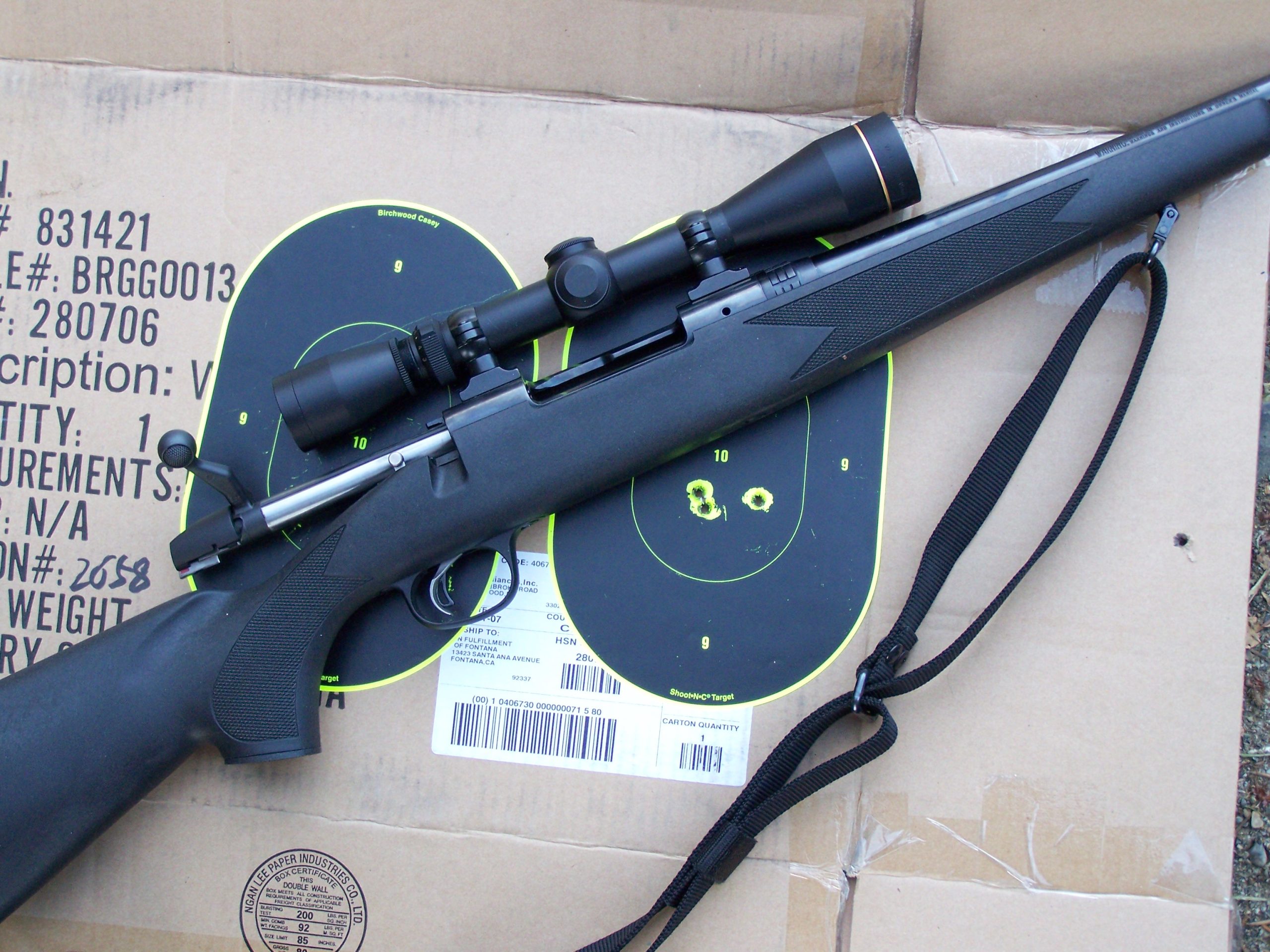
I can only recall two deer I’ve shot at less than 100 yards, including one with a .41 Magnum Ruger Blackhawk. When I got the hide off, I discovered both shots had entered within about 1 ½ inches of one another. One went through and through, the other I recovered just under the hide on the outbound side. Both bullets entered a little high just behind the right shoulder and came out on the left side.
In preparation for this essay, I did some online checking. Depending upon the state, deer seasons kick off in October or early November, especially in the northern states. This means your first shot will be fired through a cold bore, so be sure where your rifle shoots with a cold barrel. At the range, no more than three rounds per cycle before opening the action and allowing the rifle to cool.
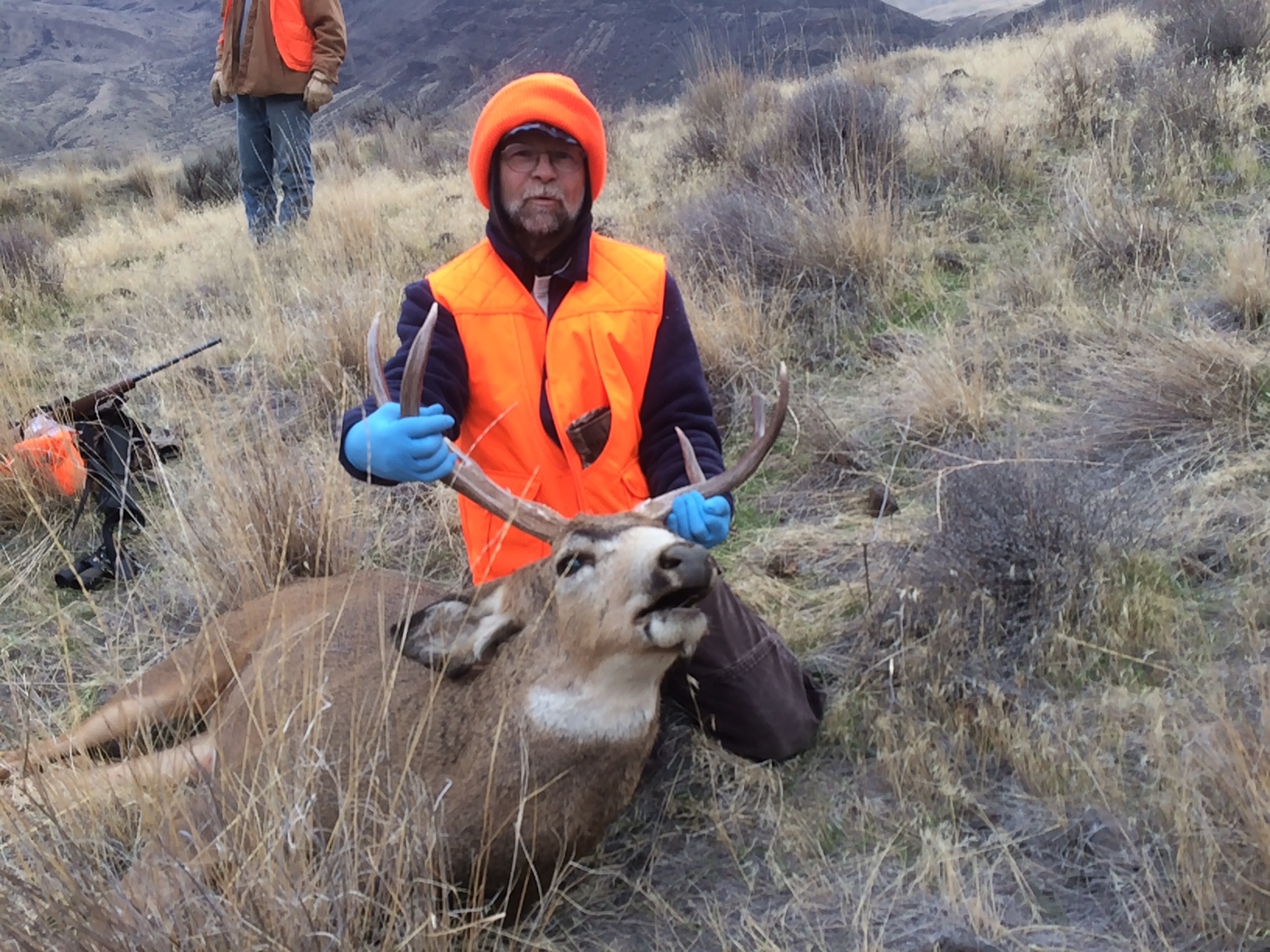
Be sure to do a couple of things. Check your state regulations for opening day, shooting hours and any special closures or restrictions. Out West, start looking now for areas where there may be forest fires burning and plan accordingly.
Buy or load new ammunition, and make sure your gun is tuned up using these loads.
And, if you expect to be hunting on Election Day, get an absentee ballot request in the works right now because you do not want to miss this year’s elections.
Stay safe and shoot straight.



